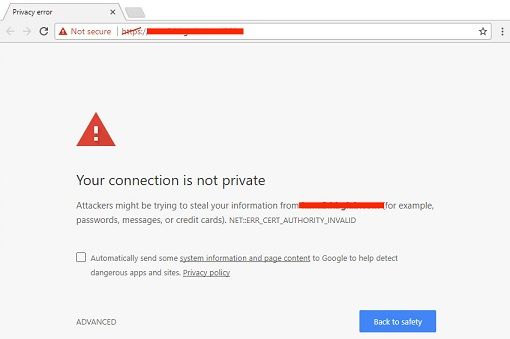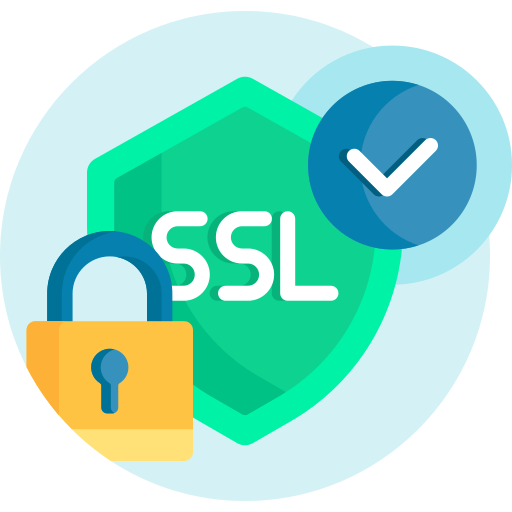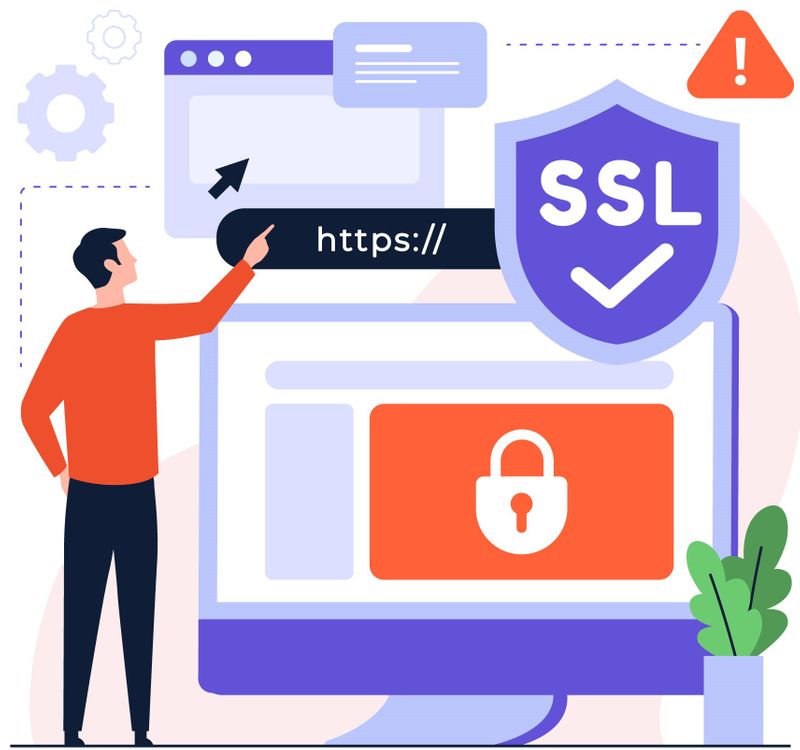
This logo isn't an ad or affiliate link. It's an organization that shares in our mission, and empowered the authors to share their insights in Byte form.
Rumie vets Bytes for compliance with our
Standards.
The organization is responsible for the completeness and reliability of the content.
Learn more
about how Rumie works with partners.

Dahlia recently started a business exporting spices and is excited because she created an e-commerce website to sell her products over the internet. But she soon ran into a problem when potential customers who visited the website complained about a message alert informing them that her website was not secure.
😟 She's worried that she will lose customers as a result of this issue.

🔎 Dahlia's problem is that her website is missing a valid web security certificate or SSL certificate.
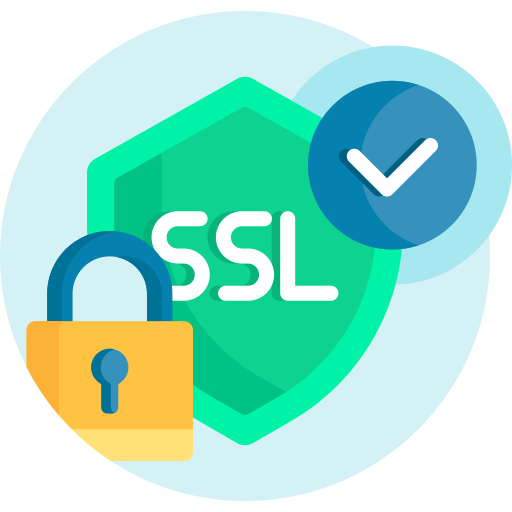
Did you know?
What is an SSL certificate?
SSL is an acronym for Secure Sockets Layer. An SSL certificate (also called web security certificate/ TLS certificate/ HTTPS certificate) authenticates the identity of a website.
It provides "a digital stamp of approval from an industry-trusted third party known as a certificate authority."
💡 A website with an SSL certificate will show a change in the web address in the URL bar from http:// to https://
http:// or "Hypertext Transfer Protocol"

https:// or"Hypertext Transfer Protocol Secure"

💡 A website with an SSL certificate will show a padlock icon in the URL bar that indicates that the website is secure. By clicking on the padlock icon, you can get more details about the website and the company that provided the SSL certificate.

SSL certificates need to be renewed at least once every two years. You can purchase an SSL license from a Certificate Authority (CA). These are trusted organizations that store, sign, and issue digital certificates.
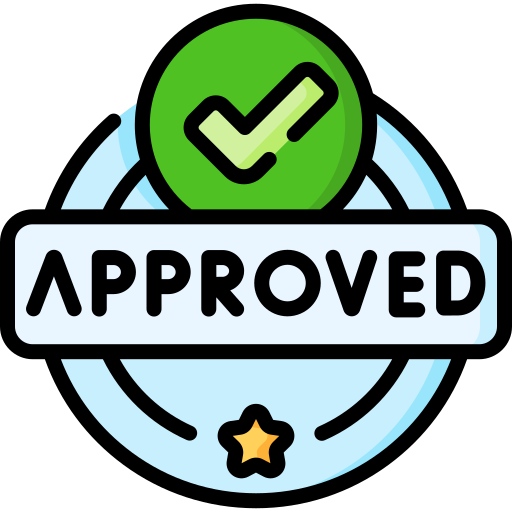
Did you know?
Why does a website need an SSL certificate?
✅ When your website has a valid SSL certificate, it will help:
keep data secure, establish credibility and build trust by facilitating encryption of information between a client and a server. A website with an SSL certificate shows a padlock lock icon establishing credibility.
prevent domain spoofing and ensure users connect to the correct, official server for your website instead of a hacker-run fake version of the website.
reassure customers that as a business, you've taken the necessary measures to keep their information safe. This makes it more likely for them to return in the future to do business with you.
improve your site’s SEO rankings. According to Google, websites with an SSL certificate (https://) get an added advantage in the search engine results pages (SERPs).
improve user experience. With an SSL certificate, your website page will load faster.
Did you know?
What information is in an SSL certificate?
Types of SSL certificates
There are several different types of SSL certificates including:
Domain Validated (DV) — These certificates "only require validation that a company or the individual can demonstrate control over a web domain." DV certificates are low-cost but are the least secure.
✅ Used for blogs, personal websites, and websites that don't do financial transactions or collect personal information.

Organization Validation (OV) — This certificate validates business identity and authenticity. It provides an additional level of online trust with extra security steps.
✅ Used by websites of organizations doing financial transactions that require the personal information of users.

Extended Validation (EV) — This certificate validates websites that need added identity trust and stronger assurance to the public.
✅ Used by major brands, financial institutions, and other organizations that require collecting data, processing logins, or online payments.

⚡Knowledge Check!
Quiz
At this stage, which type of SSL certificate should Ella apply for?
Ella's business is new and small. She can apply for an OV type SSL, since she 'll need to establish her business identity, require the user's personal information, and be able to do secure financial transactions.
This Byte has been authored by
Chirasree Sen-Varma
Educator and Administrator
PhD
